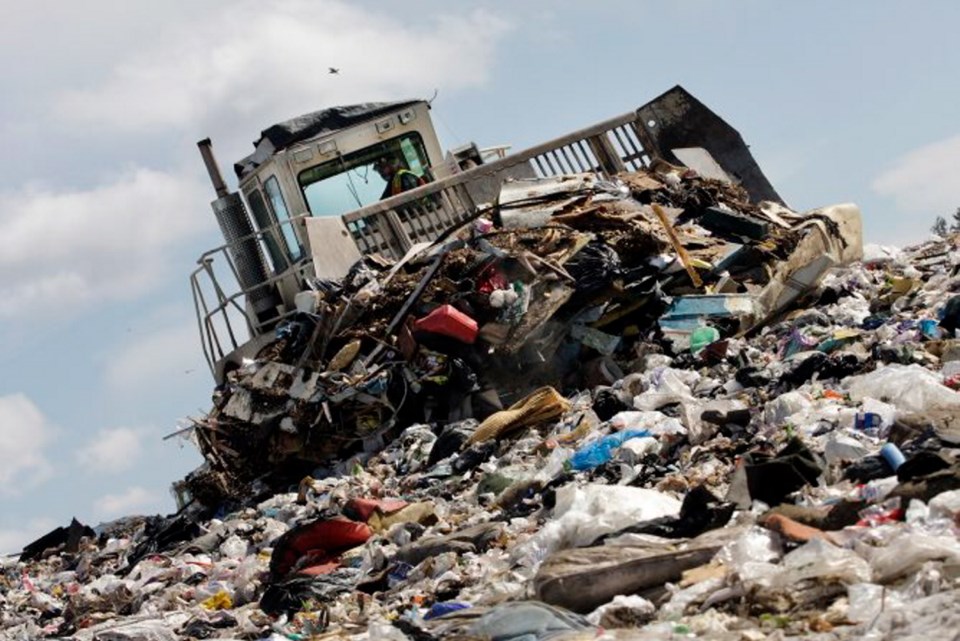The Hartland Landfill is facing a multimillion-dollar cash crunch that could lead to homeowners paying more for throwing out less.
“It’s like the old saying: ‘You can either pay me now or you can pay me later,’ ” said Oak Bay Mayor Nils Jensen, chairman of the Capital Regional District’s environmental services committee.
“One of the things that I think everyone accepts is that a new landfill would be exceptionally costly for us to develop and that’s assuming that someone would offer up the land to develop it.”
In many respects the CRD is a victim of its own recycling success, part of an effort to divert waste from the landfill so that it can be used for a longer time.
The CRD funds recycling programs through tipping fees — the charge levied for garbage as trucks drive over the landfill scales — building up a sizable reserve fund along the way. But the more people recycle, the less waste goes over CRD scales. That means less revenue and ever-increasing diversion costs.
Hartland expenses have outstripped revenues since 2012, forcing the region to dip into the reserve fund. The CRD expects the reserve fund will be exhausted by 2017.
If changes aren’t made by 2020, there will be an annual deficit of $5.3 million, according to a memorandum prepared by the Burnaby consulting firm Morrison Hershfield.
That, the consultant says, essentially leaves the CRD with three options, or any combination of the three:
• Cut costs, reducing spending by 21 per cent.
• lncrease tipping fees to $172 a tonne from the current $107.
• Impose a new tax or utility fee equivalent to $13.35 per capita.
“I don’t think there’s a lot of appetite at all [for increasing taxes],” said environmental services committee member Saanich Coun. Vic Derman.
“In the end, if that’s what you have to do, at some point that’s what you have to do. But I don’t think you run out and create a new tax without having done everything in terms of due diligence to see if you can functionally reduce costs without creating problems.”
Tipping fees for Vancouver lsland regional districts range from $95 a tonne in the Alberni-Clayoquot Regional District to $140 a tonne in the Cowichan Valley Regional District, say CRD staff.
Landfill operators have to be careful in not charging too much or they run the risk that haulers will go elsewhere.
“For example, at the CRD’s current tipping fee of $107 per tonne, and at an assumed transportation cost of $30 per tonne, it could start becoming attractive financially to take waste out of the region if there is a landfill that will accept it for less than $77 per tonne. There are landfills in B.C. and Washington state that charge less than that. The higher the tipping fee in the CRD is raised, the more attractive it becomes to export waste out of the region,” says the Morrison Hershfield report.
Derman points out that higher fees can lead to increased problems with illegal dumping. “The more you increase tipping fees, the more you run the risk of discouraging people from sending stuff to the landfill and simply finding places to dump it that are not attractive,” Derman said.
Jensen said the landfill situation is not dissimilar to that with CRD water, where people have been encouraged to conserve only to see water bills go up to cover costs.
“If we pay a little more for water now, we can avoid a huge expense down the road [of bringing on a new water supply]. It’s very similar to the landfill situation. By paying a little more now we can avoid the huge cost and, I might say, environmental and social dislocation that will come with attempting to find a new landfill site.”
CRD staff are recommending directors look at long-range options during a workshop in May or June.



